It would be accurate if not polite to say that Tokyo Ghoul was a bad adaptation of the manga. The words more commonly used for Tokyo Ghoul are usually to the tune of “terrible”, “shitty”, “poor” and so on. For an anime to receive such degrading comments while its source is hailed as amazing, one would have to point fingers at the production house. Let’s analyse what makes the anime adaptation a disappointment.
THE PLOT
Tokyo Ghoul’s story begins when the protagonist’s seemingly harmless evening date turns awry. Not everyone can claim that their date, seemingly human, turned out to be a ghoul and tried to eat them. But that was what was in store for Kaneki Ken on that fateful day. Kaneki’s world changes as this incident results in him becoming a half-ghoul. Slowly, he’s pulled into the underworld where he struggles to understand his identity and chooses to be human while rejecting his ghoul side. This struggle is shaped and structured further, by the ghouls he meets later on.
SEASON 1
Season 1 of Tokyo Ghoul was decent compared to season two. Kaneki’s conflict and struggle to accept his ghoulish self makes up for some interesting scenes. The shock factor of Rize being a ghoul creates an adrenaline which is what, at least initially, hooks people. Season 1 was a slow build up to his encounter with Jason which was a well done scene.
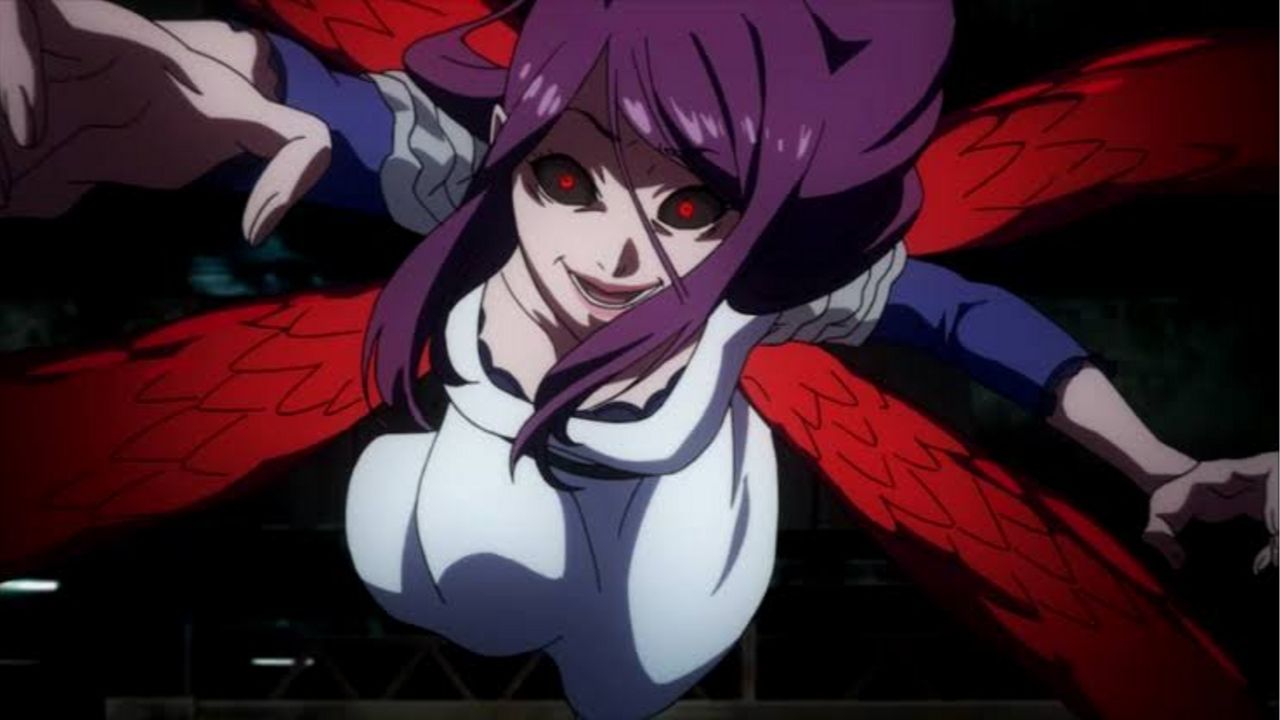
Overall, it comes off as an average anime with cool fight scenes. When compared to the manga, season one just seems like a shallow attempt to put scenes that were considered important, together and call it a season. Season One is like a failed investment which completely decimates the story by Sui Ishida. The initial hype around Tokyo Ghoul was followed by the shattering of that same hype which eventually evolved into Tokyo Ghoul generally being considered something with all hype and no substance.
The reason could possibly be that Tokyo Ghoul’s quality would oscillate. It would show cracks that would make one realize the potential of the story and the characters, especially Kaneki. The arc of his acceptance of his Ghoul side is definitely intriguing, yet the depth of it is better understood in the manga.
SEASON 2
Season 2 or Root A takes a turn for the worst. Studio Pierrot attempted to mix the manga material with some original content which leads to there being no concrete explanation for Kaneki leaving Anteiku. A person’s mind will direct itself to the fact that Kaneki eating Jason unlocked a different side of him. A side that cannot live within the peaceful lifestyle of Anteiku. Due to the mixture of content, the anime could not hold its quality. The studio softened the character of Kaneki and fight scenes that just feel incomplete. The anime does not provide context for situations and leaves you more confused. The reason for Kaneki’s decision to join the Aoigiri Tree is cloudy whereas in the manga, Kaneki created his own group to fight the Aoigiri.
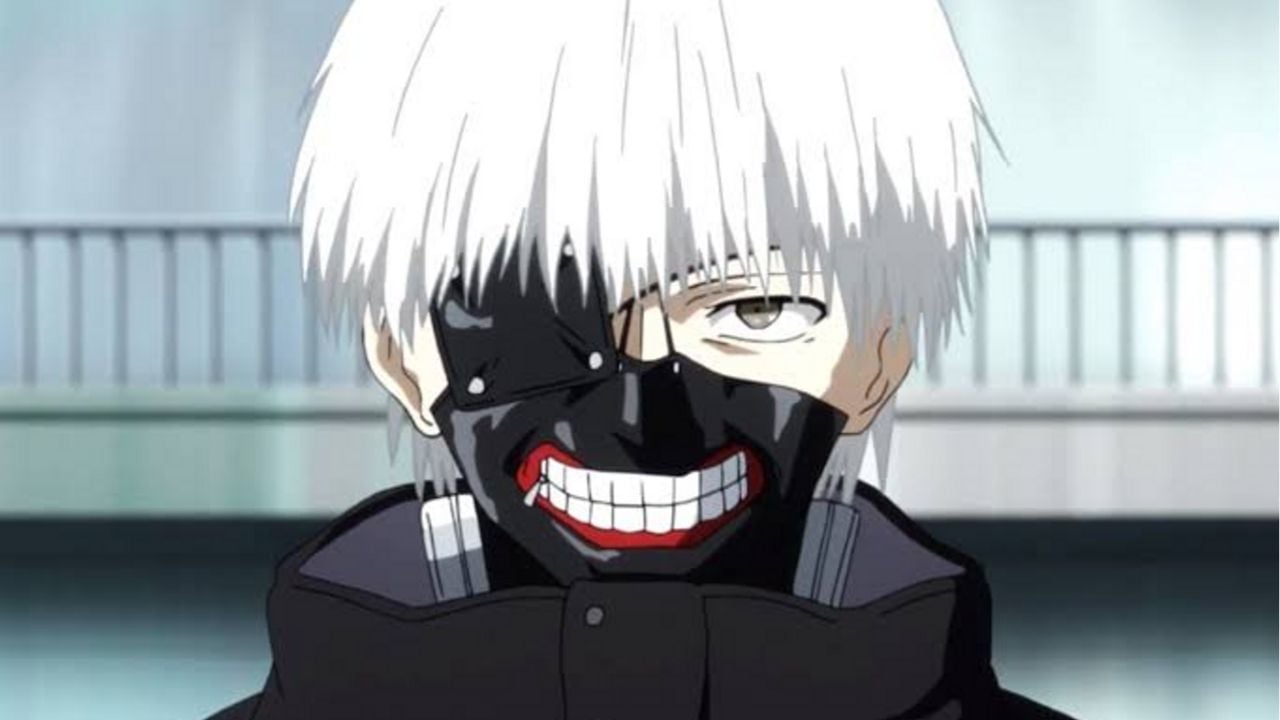
Antagonists were not fleshed out properly. Although Arina does appear in the anime, attention from him is swayed easily. New characters were introduced – even those of importance seemed like side pieces considering the amount of emotional attachment one could garner. Certain events that take place do not correlate with the future plans for the anime (if it decides to be faithful to the manga at all). The acceptable build up of season 1 comes crashing down in season 2.
Kaneki’s character has thoroughly been butchered – his character was more brutal in the manga and context was given for all his actions. Kaneki’s character was not a likable one – but that’s what character development is. It leads somewhere. Yet Kaneki’s character receives no such treatment in the second part of the anime. One final tragedy on the part of Studio Pierrot was sealing Hide’s fate in the anime, whereas in the manga it is ambiguous.
TOKYO GHOUL:RE
Tokyo Ghoul:re is the perfect example of the confused state in the production house is in. Tokyo Ghoul:re is a much more faithful adaptation of the manga. It ignores the events of season 2 altogether. Due to the gaps of the story, Tokyo Ghoul:re is much harder to grasp for those have not read the manga. The story is still rushed as they attempted to fit almost 180 chapters within the 24 episode mark. The anime does not manage to engage you due to the lack of attachment with the characters. Tokyo Ghoul:re just seems like Studio Pierrot spoon feeding content to their audience. The mismanagement of the story by the studio, causes fans to lose hope in getting something that actually has a lasting impression.
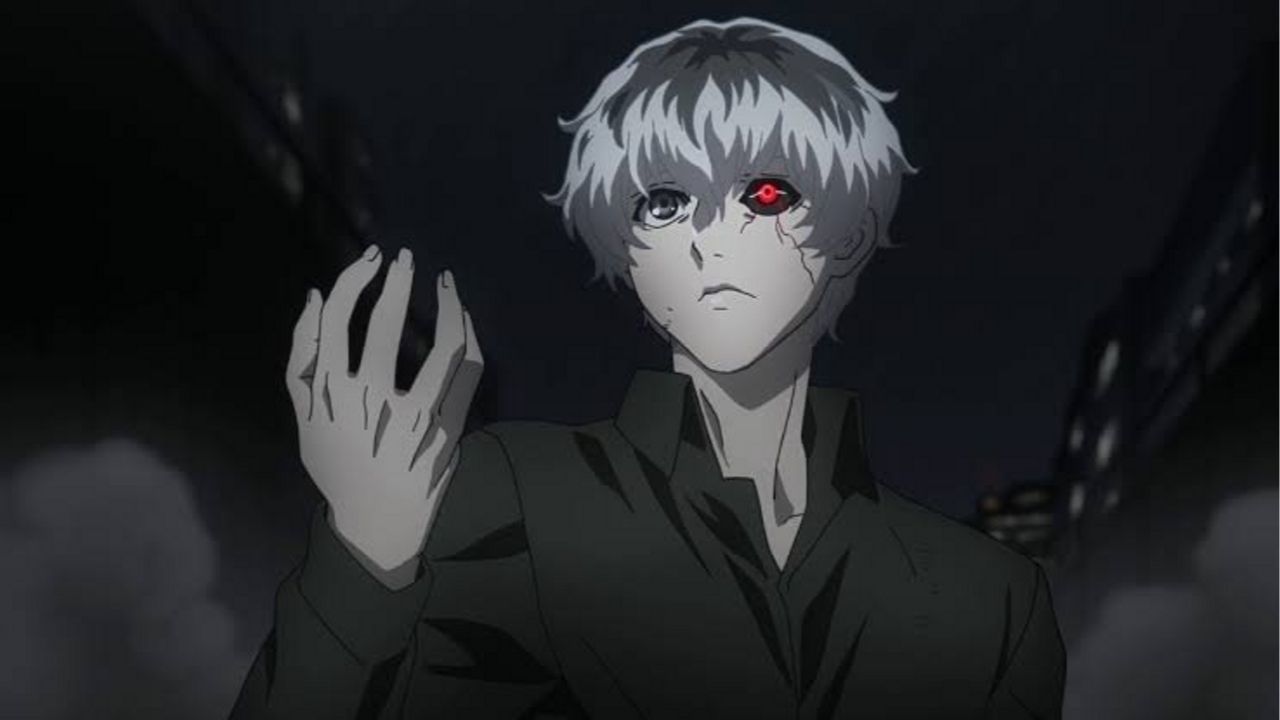
The animation of the anime is quite lazily done too and feels like the studio was more focussed on getting it out quickly rather than being a little more creative with it. Although the Studio started being more faithful to the manga, the road to Tokyo Ghoul:re is quite rocky. Tokyo Ghoul:re is the victim of bad decisions, low budgets and faulty predecessors.
OUR ANALYSIS
Tokyo Ghoul hate mostly comes from the manga fans who cannot watch their favourite manga being butchered. Tokyo Ghoul does poorly on the fronts of characterization, plot, development, pacing and animation. Although the music of Tokyo Ghoul is slightly redeeming. Another reason for Tokyo Ghoul’s downfall is censorship. Some of the scenes loved by the fans did not make the cut.
So is Tokyo Ghoul anime bad? Technically, yes. If you haven’t read the manga, then it might come across as good at first. But a second viewing, which is often a benchmark, are unlikely. It would be a poor investment as the events or Tokyo Ghoul:re would cause confusion. The amount of good quality content that anime-only fans miss out on is colossal. But the manga? It is still a better investment and has some really great moments.
So choose the lens through which you view the anime. Without prejudice, at best, Tokyo Ghoul would be an average seinen.
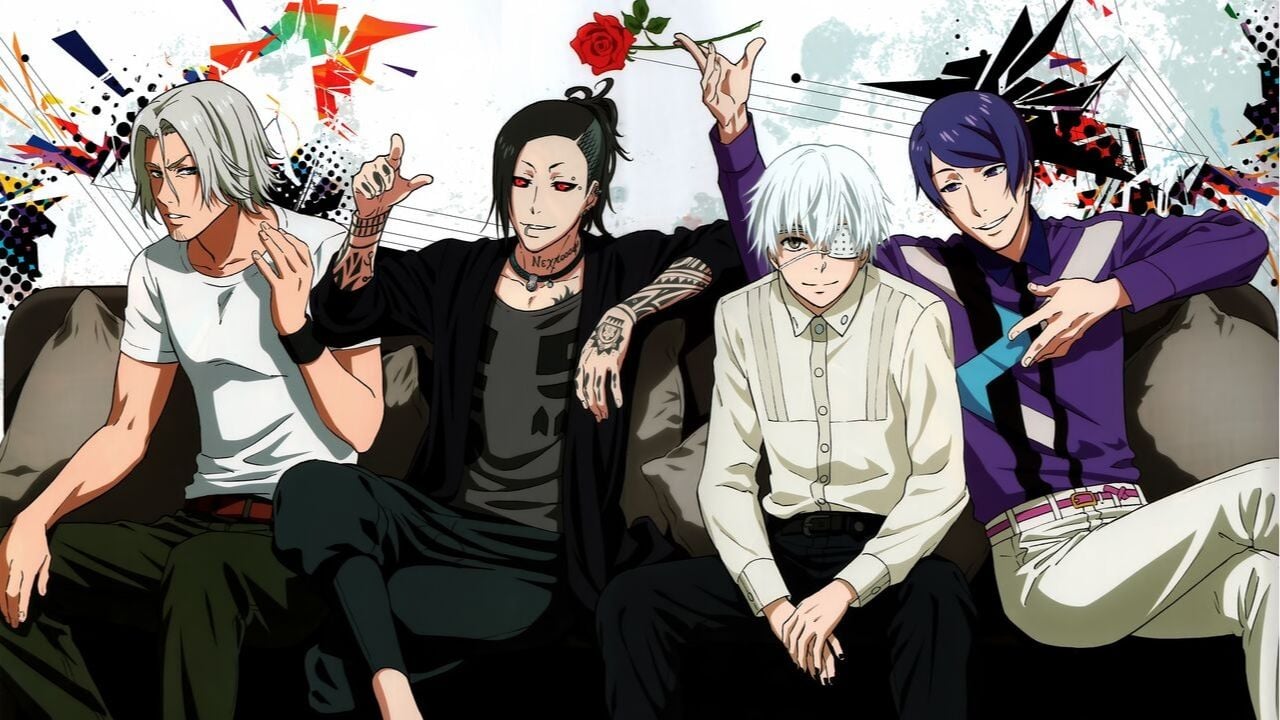
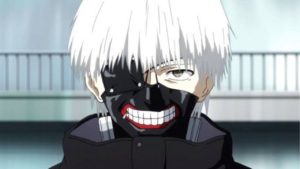
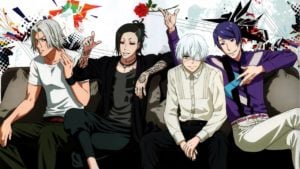
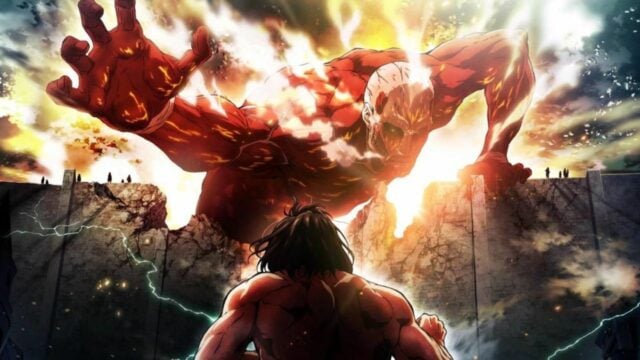

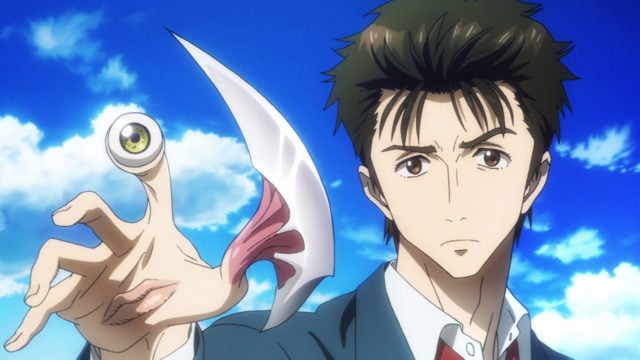
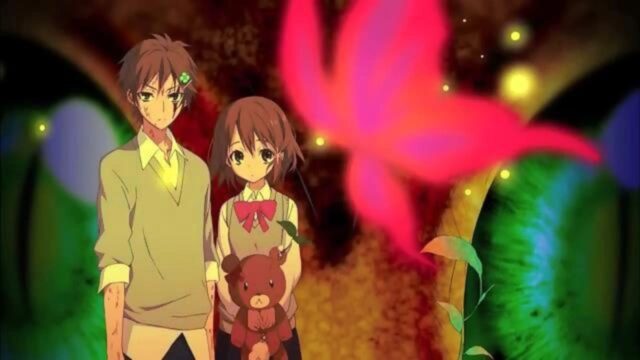
No Comments on Why is Tokyo Ghoul anime bad?